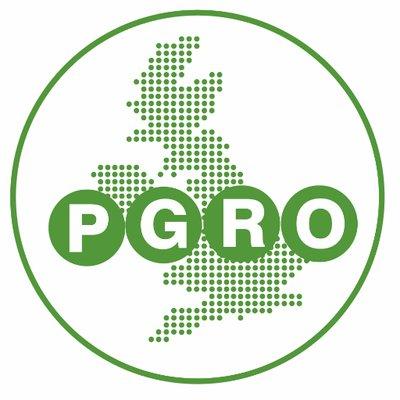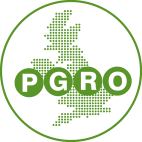The caterpillars (larvae) feed on peas within the pod. In vining peas, there is a risk of crop rejection because of contamination of the produce by damaged peas which cannot be removed mechanically. In combining peas for premium markets including human consumption or seed, damaged peas are removed by the merchant and the price paid to the grower is reduced in proportion.
Although moth damage can reduce quality, the yield loss is rarely significant and the presence of damage in peas for animal feed compounding is not important.
Control in these crops may only be justifiable where the damage levels in previous crops have been high. In this video Dr Becky Howard, Research and Development Manager at PGRO, explains why UK farmers growing peas should monitor for pea moth, as well as a practical demonstration of how to install two types of traps to assess the pest level. Becky goes on to show what pea moth damage does to the end sample of the crop.
For farmers wanting an early indication of when pea moth is likely to appear in their crops, the PGRO's prediction tool is available at www.pgro.org/pea-moth




